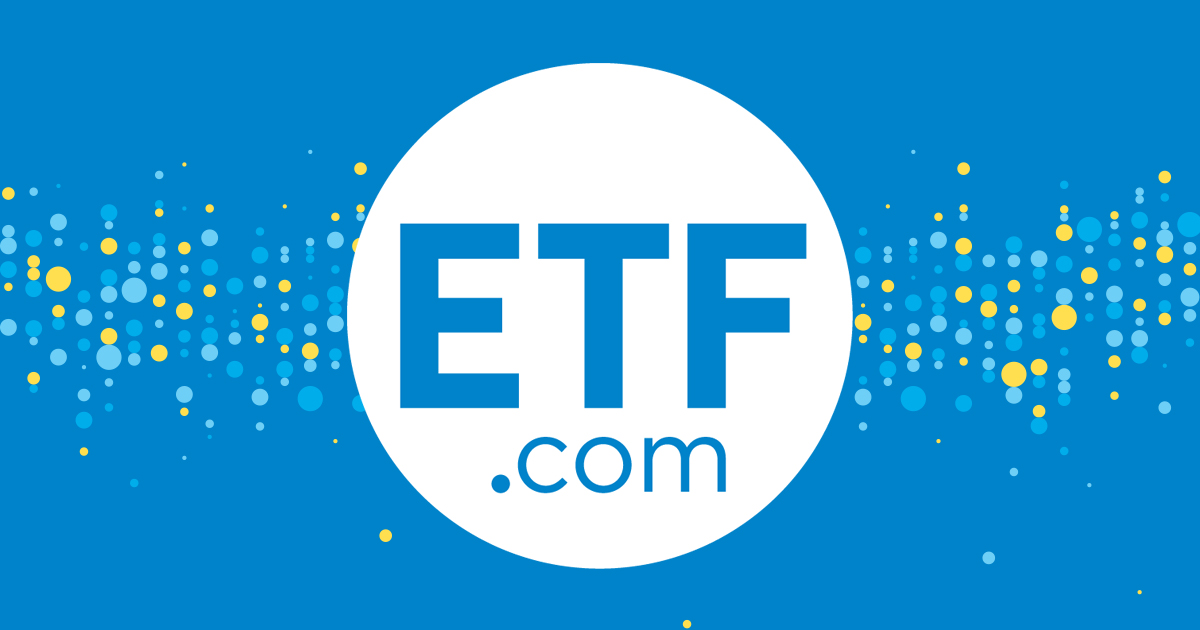As the stock market gyrated this summer, investors found lower volatility ETFs to be particularly appealing. Indeed, between July 1 and August 26, funds that invest in historically lower-risk stocks gathered $5 billion of net inflows, even as equity ETFs as a category experienced net outflows.
But these smart-beta ETFs are not static, and some shifted stock and sector exposures in mid-August as part of a regular rebalance schedule to provide the intended factor exposure to investors.
The Invesco S&P 500 Low Volatility ETF (SPLV) holds 20% of the stocks inside the broader S&P 500 Index that have incurred the lowest 12-month volatility. The premise behind this and other lower volatility funds is the stocks inside can withstand future market swings better than most, given they have demonstrated less risk recently. SPLV is rebalanced and reconstituted quarterly, with the latest shifts during the third week of August.
The equally weighted SPLV headed into August with relatively high and low exposure to certain sectors, and remains similarly positioned. But we found some interesting changes.
SPLV’s Changing Sector Exposures
For example, utilities is now 28% of assets, up from 25% previously, and much higher than the 3.5% for the SPDR S&P 500 Index ETF Trust (SPY). The elevated weighting was aided by the addition of NiSource (NI) and Sempra Energy (SRE) in August.
(Use our stock finder tool to find an ETF’s allocation to a certain stock.)
Meanwhile, health care has historically been one of the least volatile sectors, according to CFRA, but SPLV continued to have relatively low exposure to the sector compared to the S&P 500. With the removal of Pfizer (PFE), the sector was just 2.8% of the ETF assets in contrast to representing 14% of the S&P 500 Index.
Though SPLV’s sector weighting to financials (22%) remained above the S&P 500’s 13%, there were stocks replaced in August. BB&T (BBT), Cboe Global Markets (CBOE) and J.P. Morgan Chase (JPM) joined, while People’s United Financial (PBCT), S&P Global (SPGI) and Willis Tower Watson (WLTW) were removed. (Cboe Global Market is the parent company of ETF.com.)
Other Low Vol ETF Sectors
The Fidelity Low Volatility Factor ETF (FDLO) is another lower-volatility-focused fund that underwent a rebalance in August. However, the criteria for inclusion in FDLO is different than for SPLV.
The Fidelity index fund incorporates earnings volatility, not just returns volatility. In addition, while SPLV regularly deviates from the sector weights found in SPY—significantly overweighting utilities and underweighting health care, for example—FDLO’s sector weights are more aligned with the broad market benchmark.
| FDLO | 13% | 13% | 22% | 3.50% |
| SPLV | 22% | 2.80% | 5.70% | 28% |
| USMV | 14% | 11% | 16% | 8.50% |
| SPY | 13% | 14% | 22% | 3.50% |
Source: Company websites, as of 8/26/2019
FDLO’s largest sector exposure is to information technology (22% of assets). In August, Genpact (G), Jack Henry (JKHY) and Microsoft (MSFT) were added to the ETF, while CDK Global (CDK) was removed. In addition, Facebook (FB) joined the portfolio within the communications services sector (10%), while Marathon Petroleum (MPC), from the energy sector, was sold. Given the inclusion of market capitalization into FDLO’s weighing process, MSFT and FB are among the latest top 10 holdings.
While changes occurred for SPLV and FDLO this month, peer iShares Edge MSCI Min Vol U.S.A. ETF (USMV) did not adjust, as this fund’s next semiannual rebalance is in November. Currently, USMV’s largest sector exposures are to information technology (16%), financials (14%) and consumer staples (12%), with 8.5% to utilities. USMV can deviate from the sector exposure of the broader market by 500 basis points when reconstituted, so it tends to have distinct stakes from its peers.
CFRA thinks understanding the sector exposure of smart beta ETFs is important, but investors should also understand that stocks drive future performance. Even when there’s overlap in the names inside two funds, the weightings might differ. For example, FB represented 0.1% of USMV assets, far less than the 1.7% for FDLO.
If the elevated market volatility encourages you to seek safer alternatives in the equity space, remember that, while these ETFs are index based, they do make portfolio changes.
All of the views expressed in this research report accurately reflect the research analyst’s personal views regarding any and all of the subject securities or issuers. No part of the analyst’s compensation was, is, or will be, directly or indirectly, related to the specific recommendations or views expressed in this research report. For more information, please refer to CFRA’s Legal Notice at https://www.cfraresearch.com/legal/.

